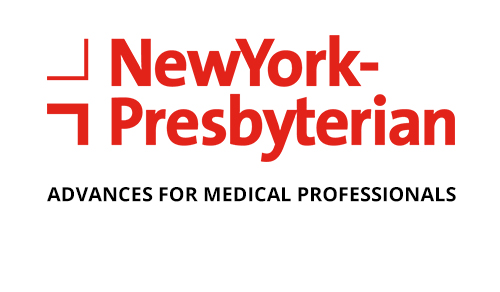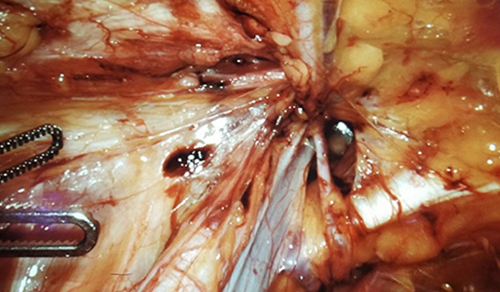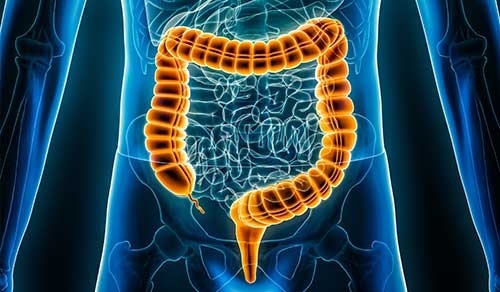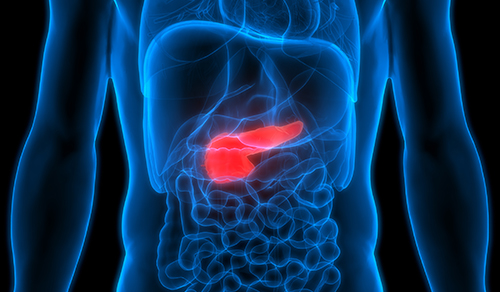Recovery After Stroke: Assessing a Combined Approach of Vagus Nerve Stimulation and Rehabilitation

Ruchi Patel, MA, OTR/L, and Dr. Michael W. O’Dell
Although there are numerous treatments available to improve cerebral perfusion after acute stroke, there are few treatments to improve upper extremity movement in the chronic phase.
“Typically, a patient would undergo a course of occupational therapy,” says Michael W. O’Dell, MD, Vice Chair of Clinical Services, Rehabilitation Medicine, Medical Director of the Inpatient Rehabilitation Medicine Center at NewYork-Presbyterian/Weill Cornell Medical Center, and Professor of Clinical Rehabilitation Medicine at Weill Cornell Medicine. “Constraint-induced motor therapy is somewhat effective, but very hard to implement with patients because of its intensity. Recent studies of SSRI antidepressants to facilitate stroke recovery have been disappointing. Currently, we simply don’t have many options to improve movement in the upper extremity after stroke.”
“We’re working with a company that has compiled data initially from Scotland and just published in Stroke in the United States that suggests that if the vagus nerve is stimulated while somebody is doing exercise, it actually may improve the recovery of upper extremity weakness,” says Dr. O’Dell. “The theory is that the patient still has to exercise, but the VNS is felt to enhance the efficacy of that exercise.”
The procedure, which is performed under conscious sedation, entails implanting a pacemaker-size device under the skin in the left chest area. A very small electrode is attached to the generator device and placed under the skin; the wire is wound around the vagus nerve in the patient’s neck. The device is programmed to deliver pulses or stimulation at regular intervals.
“A week after the surgery, the patient starts their occupational therapy,” says Ruchi Patel, MA, OTR/L, Senior OT Stroke and Robotics Research, Department of Rehabilitation Medicine at NewYork-Presbyterian/Weill Cornell. “The protocol for this study has the patient receiving six weeks of therapy, 18 sessions, and each session is 90 minutes. This in itself is a great asset for therapists as most outpatient sessions are only 30 to 45 minutes.”
During the session, the occupational therapist asks the patient to perform six tasks that involve either reaching for or releasing items, grasp and release, turning their palm up and down, and so on. Each time the patient does the movement, the therapist presses a button that is hooked up to the implanted wireless transmitter, which then transmits a signal to the device that, in turn, stimulates the vagus nerve to release the neurotransmitters. The therapist uses the Fugl-Meyer upper extremity scale to monitor motor function of the upper extremities. “I conduct that test prior to starting therapy the day before and then record the patient’s primary endpoint the day after therapy to see if there is an improvement in the score,” says Ms. Patel. “We’re looking for a minimum of a six-point improvement to call it a responder patient.”
At one-month and three-month follow-up sessions, the patient is assessed again using the Fugl-Meyer scale to determine if there is continued improvement. “Once the patient is finished with therapy, they are given a magnet that they can swipe over the device that turns on the stimulation for 30 minutes a day, as well as exercises to do at home post-therapy,” says Ms. Patel.
Candidates for the study fall in the middle range of movement. “We’re not looking at those with very small deficits in moving their arm, nor those who have severe deficits,” adds Ms. Patel.
The study goal is to recruit 125 subjects at some 25 sites throughout the United States and the United Kingdom. “At three months, when the blinding is broken, the patients who received the placebo will receive another six weeks of occupational therapy, 90 minutes a day, with the stimulation, knowing that they’re getting the real thing,” says Ms. Patel, who invites practitioners who may have patients who qualify for the study to contact her.

“We’ve been involved in clinical trials of different medications, as well as the use of botulinum toxin, but there are still very few methods that we know work,” says Dr. O’Dell. “While we need to wait until all the data is in and analyzed for the degree of effect of VNS combined with OT, I believe the importance of the study is that we continue to seek alternate methods for patients for whom there are so few therapies to help them regain strength after a stroke.”
Related Publications

Dr. Glen Gillen Appointed Director of OT Programs

Placental Allograft: A Regenerative Therapy for Osteoarthritis







